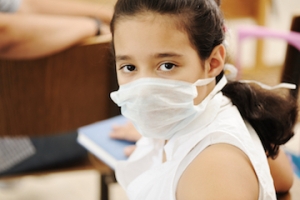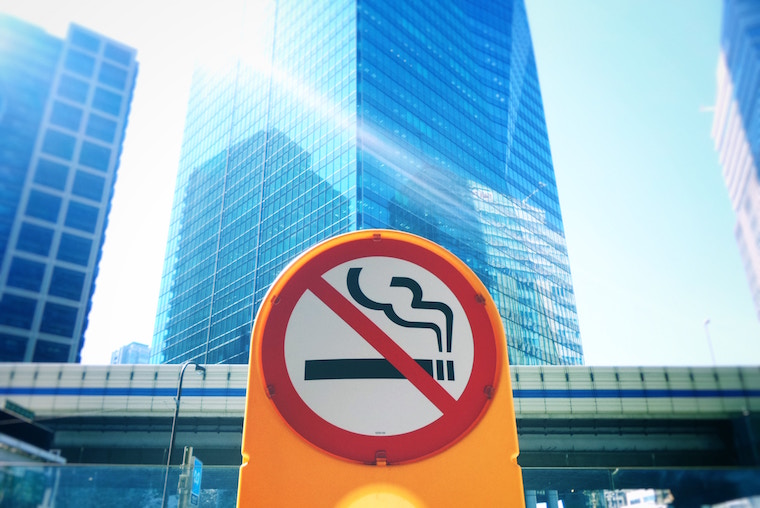What Kind of Air Are You Breathing?
Poor indoor air quality can cause or contribute to many respiratory problems. Unfortunately, airborne contaminants are rampant and most people are not aware that indoor air quality often is even worse than polluted outdoor air.
Here are some of the things that can cause indoor air to be bad to inhale: asbestos, bacteria and viruses, building and paint products, carbon monoxide, odors from carpeting and flooring, cleaning supplies and household chemicals, dust mites and pet dander, mold and mildew, radon, secondhand smoke, volatile organic compounds and insect debris. Ironically, because air freshener is scented, it actually can be a culprit for respiratory distress—artificial fragrances are a major cause of serious health problems, especially for people with lung diseases such as asthma or COPD.1
There are simple precautions you can take to maintain indoor air quality:
- Do not allow anyone to smoke indoors.
- Make sure there are no leaks or standing water, for example, in the kitchen, basement or attic.
- Keep fuel-burning appliances fully vented to the outdoors and serviced regularly for proper functioning. These include gas stoves, water heaters and fireplaces.
- Store household chemicals, paints or solvents in closed compartments.
- Keep garbage covered before its removal.
- Select unscented or naturally scented personal care products.
- Keep pesticides and herbicides securely sealed.
Even people who live an Active Wellness lifestyle can experience negative health impacts from breathing polluted indoor air. Symptoms can be as mild as respiratory irritation (sneezing, sniffling) to serious ones that may cause asthma, bronchitis, emphysema and COPD.2
 Some symptoms may not pertain to the respiratory system but can still be the result of breathing bad air. These include dry throat, headache, nausea, reduced resistance to infections, fatigue and even weakened athletic performance.3 When resistance to infections occurs, most people may experience cold-like or flu-like symptoms that can result in more severe respiratory complications.4
Some symptoms may not pertain to the respiratory system but can still be the result of breathing bad air. These include dry throat, headache, nausea, reduced resistance to infections, fatigue and even weakened athletic performance.3 When resistance to infections occurs, most people may experience cold-like or flu-like symptoms that can result in more severe respiratory complications.4
To breathe is to live. Breathing clean air is necessary to have an Active Wellness life. The KenkoAir Purifier® (KAP) is such an easy solution with multiple-stage HEPA filtration. Energy Star qualified, KAP is 35% more efficient than standard models and saves a minimum of 215 kilowatt hours per year. Using only 55 watts to cover 313 sq. ft., its carbon footprint is further decreased with a reusable prefilter and replaceable outer filters. It’s patented to generate negative ions, replicating those in Nature, and it operates ozone-free and is therefore non-toxic. Made with recyclable plastics, KAP supports respiratory health and the health of planet Earth.

No comments:
Post a Comment